Pieps DSP Sport Avalanche Beacon - Review
This post comes from Shaun Nauman, a blogger (snowboardmountaineer.com) and Boulder, CO resident. When Shaun isn’t studying snow hydrology and forecasting avalanches, the AIARE Level 1 Avalanche Instructor is finding new adventures in the backcountry on his splitboard. Watch for more gear reviews and fun reading from Shaun and other Ambassadors of Tahoe Mountain Sports.
*What: Pieps DSP Sport Avalanche Beacon
*Where: We put this beacon through multiple scenarios on the snow, including signal search, course search, and fine search. The Pieps DSP Sport locked on to the ‘victim’ transmitting beacon at remarkable distances. The beacon was put through the paces with various flux lines as well. Beacons transmit a signal on flux lines as shown in the graphics below. This beacon was tested side-by-side with the Pieps DSP Classic and numerous other beacons at AIARE ITC (American Institute of Avalanche Research and Education Instructor Training Course) and numerous trials in the backcountry at Rocky Mountain National Park.

As someone who consistently takes people in to the backcountry for recreational touring, I frequently receive questions asking which avalanche beacon is the best, any why. I will preface this by saying this: the best avalanche beacon is the one with which you are the most practiced. I advocate spending the money on quality safety equipment. For beginner and intermediate recreational users, I have found the Pieps DSP Sport avalanche beacon not only the best value, but for the price point, the best entry-level beacon out there…and this beacon was put to the test!
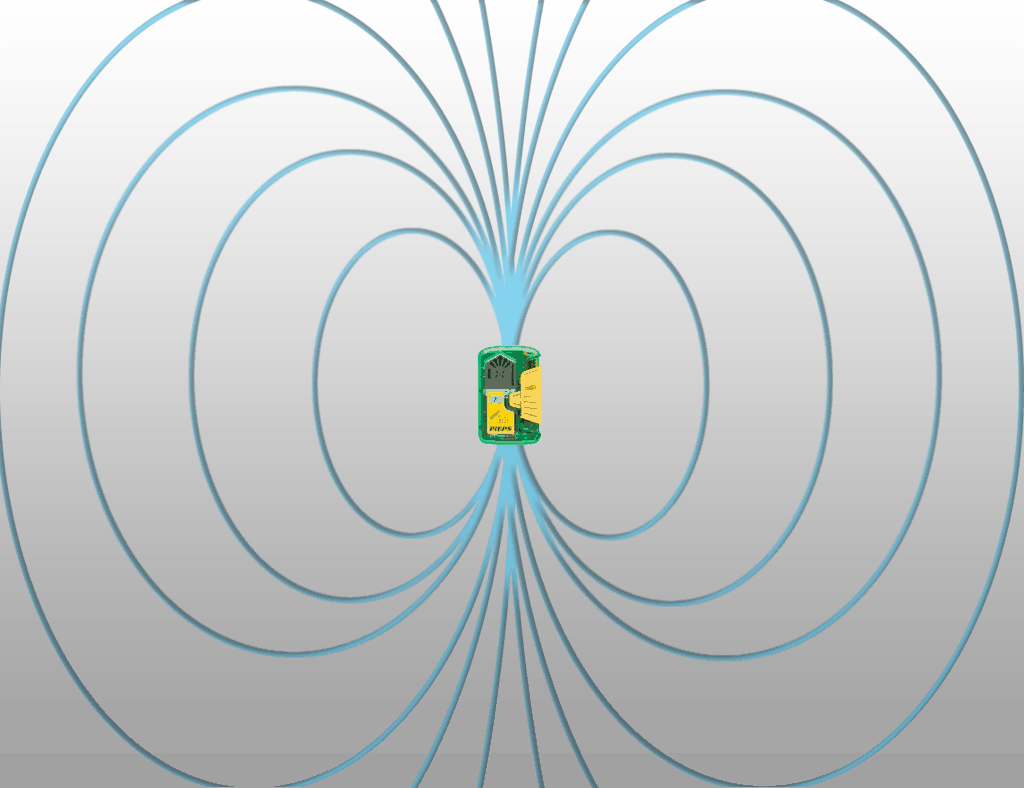
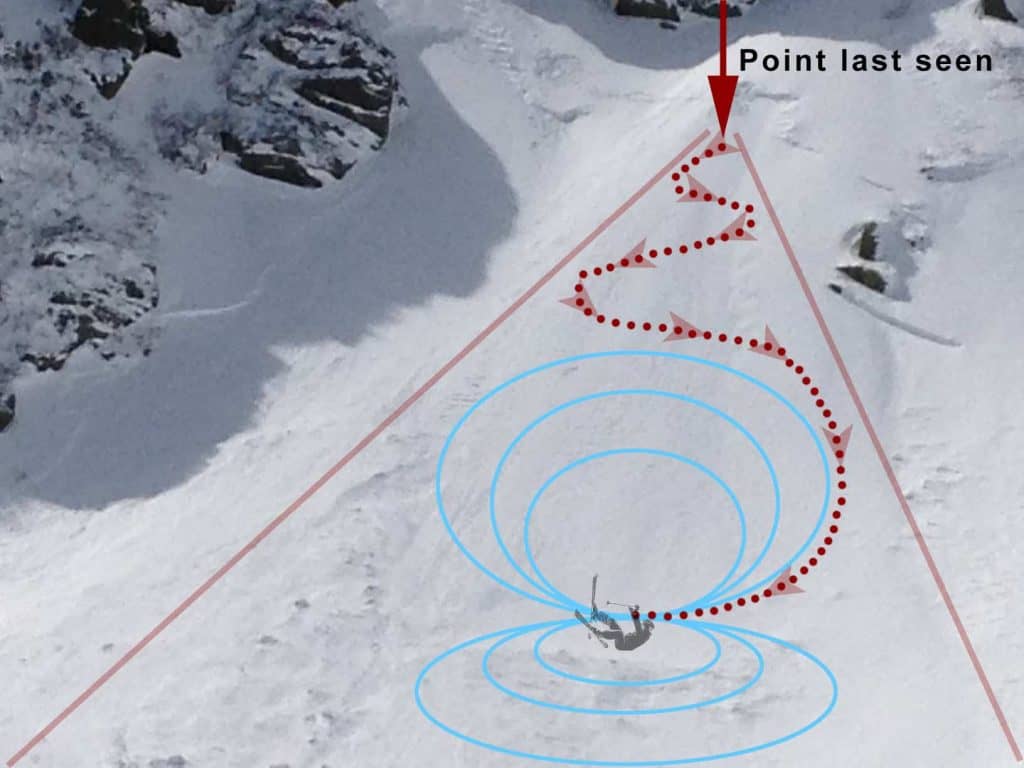
Beacons come in many flavors, with a variety different features, functions, sounds, ranges, and so on. The bottom line however, is that equipment is only as good as you are practiced with it. An advanced complex model will do absolutely nothing for a person who doesn’t spend copious hours in the field practicing use of the complex features.
I often tell people that unless you are a guide, or have extensive training in multiple burial scenarios, keep it simple and go for quality. Additionally, if you are venturing in to the backcountry in avalanche terrain I strongly recommend taking an AIARE Level 1 course.
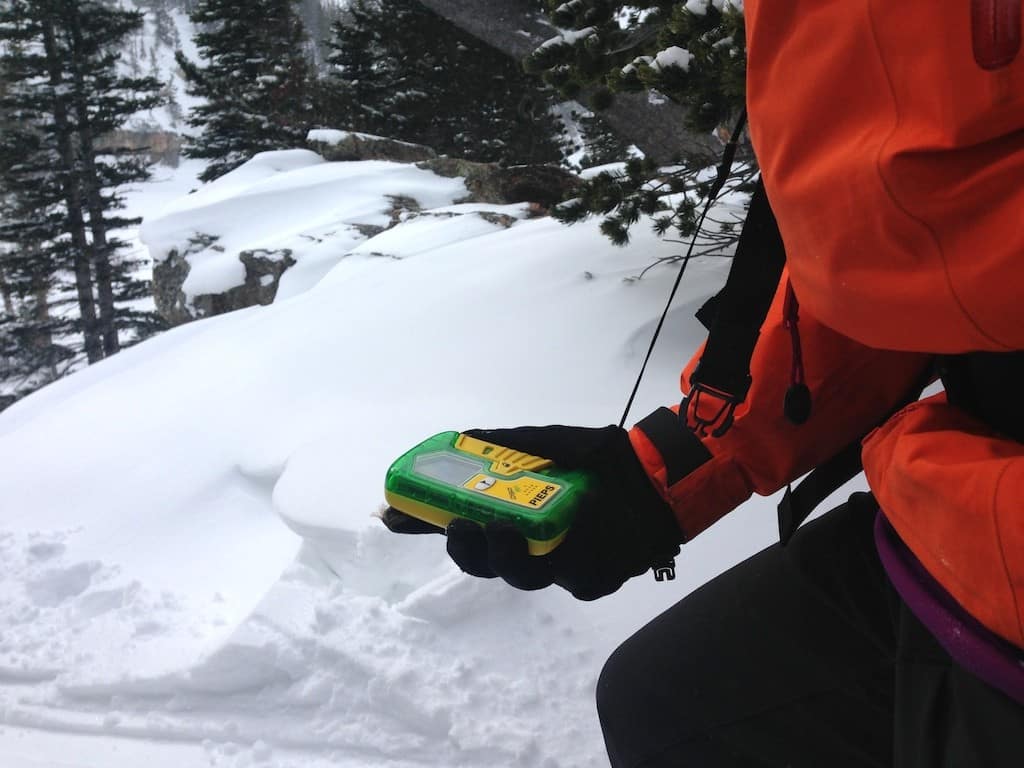
An avalanche transceiver is one of the three vital pieces of gear: an avalanche transceiver (also called an avalanche beacon), a probe and a shovel. A transceiver in the hands of a trained and practiced user can make the difference between life or death if an avalanche strikes. They are not a substitute for thorough understanding of snow conditions, smart route-finding and a willingness to turn back if necessary.
*Pros: The Pieps DSP Sport is the more basic version of the Pieps DSP Pro and it replaces the Pieps DSP Tour with a number of upgrades and improvements. Black Diamond took over Pieps in 2012 and made some significant upgrades. Simplicity is a hallmark of this beacon. Out of the box includes the beacon with three AAA alkaline batteries, neoprene harness, wrist strap, manual, and extended 5-year warranty papers.

The Sport is roughly $200 less than the former classic DSP and $100 less than the current Pieps DSP Pro. Noticeable upgrades that the DSP Sport has over the previous model are an improved processor speed, better flagging function, and larger display. If you liked the classic Pieps, you will be stoked by all the new features in the new one!
The new features include:
• New housing with a slightly smoother shape which makes it easier to stow in the harness or pocket.
• Upgraded slider switch that is easier to operate.
• New display is larger and now made of glass instead of plastic.
• Battery life of the Sport was improved to 200 hours.
• New harness which is amazingly intuitive and comfortable. When unlatched the beacon is essentially ejected from the harness with a shock-cord leash attached.
• Audible pitch increases from signal search as you draw closer in to fine search.
• Faster processing for multiple burials, and you can quickly un-flag the same signal by holding the flagging button a few seconds.
• Antenna selection is also a new feature described in more detail below.
• Firmware can be upgraded via the USB port.
*Cons: The battery indicator will show 3/3, 2/3, 1/3, empty, and empty flashing, which personally I do not care for. I prefer the exact measurement of a percentage indicator. Battery percentage is critical, and the fractional display is hard for me to adjust to. Given all the other advanced features this beacon is equipped with, this is a minor complaint.

Pieps DSP Battery information
Remember to use only LR03/AAA alkaline batteries in any beacon. NEVER use lithium or rechargeable batteries in an avalanche beacon. The circuitry in beacons that detects how much battery life remains, is tuned for this kind of cell. The capacity of alkalines degrades gracefully whereas lithium and rechargeable cells have a relatively flat discharge curve. Meaning, one minute your beacon is saying 99% full, the next it is on zero. Do not store batteries long-term (i.e. over the summer) in the beacon. The battery compartment on the backside of the housing has a safety screw, which can easily be accessed using a coin, knife or zipper-pull.

The weight with harness and batteries comes in at 10.8 ounces. 7.4 ounces without the harness.

The Pieps DSP Sport has a three-position slider switch with three options; power, send, and search. It also has a flagging button center. The first thing I noticed was the speed of the processor on start-up. From the off position to ready on send, the startup is exactly two seconds, compared to the classic Pieps DSP which is 12 seconds. That is a much faster processor speed!
On power-up the beacon does a self-check sequence. First a firmware update (i.e. the display will show “1.0” indicating the firmware). Then the self-check will either display “OK” or an error code such as “E” followed by a number. If the error code is shown, in an interference free zone, you will need to take it in to an authorized Pieps service center for service.
All beacons are sensitive to electronic interference. Beacon manufacturers recommend a minimum distance from electronic interference (cell phones, GoPro’s, etc) of 15cm in ‘send’ mode, and 50cm in ‘search’ mode.
In ‘send’ mode the beacon will transmit a continuous signal at 457kHz. The Pieps DSP Sport has a built in Intelligent Antenna working in the background. If the transmitting antenna is negatively influenced through external devices (such as a mobile phone) the range of the receiving beacons is influenced by up to 30% or more. The DSP will always transmit on the strongest antenna for the maximum range to the receiving beacons.
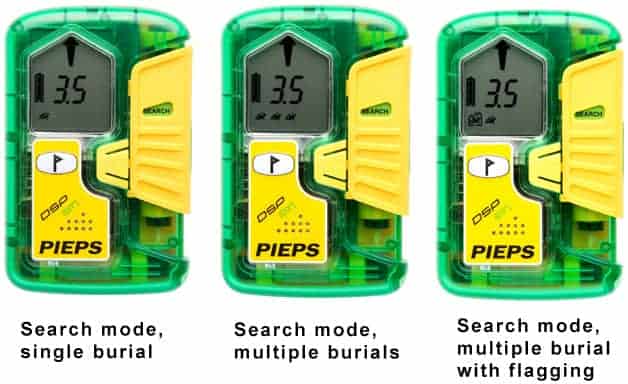
The audible harmonics increase as you draw closer on a course search, and repetitive incrementally higher chirps as you draw in to fine search. I was able to flag the signal by pushing the flagging button, and release the signal by holding the flagging button for a few seconds. I was impressed with the speed of the processor switching from send to search. It locked immediately. I also ran a few scenarios with flux lines at different angles. The results were consistent and I didn’t notice any spikes.
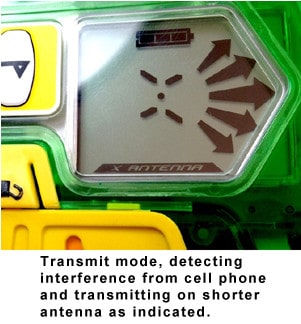
I did notice that the antenna selection of the Pieps DSP Sport was transmitting on the shorter x-axis. This is noted on the display of the Sport. Apparently with the Intelligent Processor, if the beacon senses interference with other electronics such as a cell phone, or if there is damage to the y-axis antenna — the beacon will automatically switch to the shorter x-axis antenna. This is an amazing feature often only found in higher-end beacons.
A quick note about flagging: be very careful using the flagging feature on any beacon in the unlikely event of a multiple burial situation. You can inadvertently silence another signal with a ‘signal overlap’ phenomenon. This can occur if two beacons are transmitting on the same pulse at the same time. By flagging an intended beacon, you can essentially flag an unintended one.
*Summary: The Pieps DSP Sport packs a punch for the price! If you do not require the advanced features of the Pro I would save the $100 and go with the Sport. For the price point this is by far the best beacon in this range, and has some of the powerful features packed in to the more advanced and higher price point Ortovox and Mammut beacons.




Leave a comment